Ten years ago, 2010, I blogged about the new kiuas (stove) for our sauna, Harvia Figaro. Just before Christmas this year, this kiuas broke down. There was an electric failure (the junction box of kiuas basically exploded, there was an electric short circuit), and I am not an engineer enough to say whether some underlying failure in stove itself was the reason, or just the weakly designed connections in the junction box failing over time. Luckily our circuit breakers worked just fine – we just missed one fundamental Finnish tradition: joulusauna.
Looking inside the Harvia after 10 years of use was eye-opening. The heater elements (lämpövastukset) of kiuas were pretty much gone. Also, we could not really completely trust the controller, timer and other electronics inside Harvia after the dramatic short circuit. So I decided to get a new kiuas.
After some careful examination and discussion about the needs and priorities of our family, the choice was Tulikivi Sumu ST 9 kW model. This is specced for a 8-13 m³ sauna room, so hopefully it would be suitable for our case. (More, see: https://www.tulikivi.fi/tuotteet/Sumu_ST .)

One of the lessons from Harvia was that a long construction with an open side that exposes the stones is challenging: the small stones can easily even squeeze out through the steel bars, and the tall heater elements become strained among the moving stones. I blame myself for not being diligent enough to take the stones out at least a few times per year, washing them, and then putting them back – the heater elements would no doubt stayed in better shape and the entire kiuas maybe even lived longer that way. At the same time, it must be said that positioning stones among the heater elements inside a kiuas that is 94 cm deep, is hard. The inside edges or rim of the steel box were so sharp in Harvia Figaro, that it was bit painful to squeeze your hand (and stones) deep inside kiuas. And this kiuas took maximum amount of 90 kg of stones. This sounded great when we got it (in theory at least, a massive kiuas gives more balanced “löyly” – the experience derived from such elements as right temperature, the release of steam and the atmosphere), but in the end this design was one of the reasons we did not maintain the kiuas in the manner it should have been done (we did of course change the stones, but probably not as often as it should have been done).
The new kiuas, Tulikivi Sumu, is also rather tall, but the external dimensions hide the fact that Tulikivi relies on dual-casing construction: there are isolating cavities inside kiuas, and this model only takes 60 kg of stones (rather than 90 kg of Harvia Figaro). Together with the smaller internal dimensions, this is clearly easier kiuas to handle and maintain.
We also (of course) always use a professional electrician to install a kiuas. This time, the installed, new junction box was also a more sturdy and hopefully electrically safer and more durable model.

The dual shell casing of Tulikivi means that it is also safer – this is something that the company also advertises, alonside with their expertise in traditional soapstone stoves (vuolukivi – they are based in Nunnalahti, Juuka, North Karelia). The outer surfaces of this stove get warm, but they do not get so hot that you would get burns, if you touch it while it is heating. Btw, this also means that the safe distances to wooden seats (lauteet) or walls can be very small. One could even integrate this kiuas inside lauteet, having the top of kiuas with its hot stones sticking out among the people sitting in lauteet. We are not going for that option, though.
One thing that I really tried to do carefully this time was positioning of the kiuaskivet – stones of the stove. I have become increasingly aware that you should not just randomly throw stones into the electric stove, and hope that kiuas would give good löyly – or that it would even be safe.
The instruction manual of Tulikivi even explitly says that their warrantly will be void, if the stones are positioned wrongly, and that if stones are too tightly or too loosely positioned, it can even cause fire.
The basic idea is that there should always be enough air cavities inside a kiuas, but also that the electric heater elements are not bare at any point. There should be a sort of internal architecture to the kiuaskivet: one needs to find large stones that fit in and work as supports in larger spaces, flat stones that are like internal “support beams”, taking the weight and supporting those stones that will come on the next layer. The weight of stones should not be focused on the heater elements, as otherwise they will become twisted and deformed under pressure. There should also be air channels like internal chimneys that allow hot air to move upwards, and transfer the heat from the heater elements into the kiuaskivet (stones) and also into the air of sauna room.

We use olivine diabase as the sauna stones – this is what Tulikivi also recommends. This is a rather durable and heavy rock material, meaning that it will not break under temperature change strains quickly, and since it is a heavy stone, it will also store and release heat. We use also small number of rounded olivine diabase stones at the top of kiuas. This is mostly for decorative purposes, even if some experts claim that rounded stones will also spread löylyvesi (water you throw into kiuas in Finnish sauna to get löyly), as water flows smoothly from rounded stones, end up deeper inside kiuas, and thereby produce more smooth löyly.
It should be said that selection of löylykivet, their positioning, and all such details of “sauna-knowhow” are subjects of endless passionate debates among the Finns. You can go e.g. into this good site (use the Google Translator, if needed) and read more: https://saunologia.fi/kiuaskivet/ .
Now, we’ll just need to take care of those lauteet, too. – Meanwhile: Hyviä löylyjä!






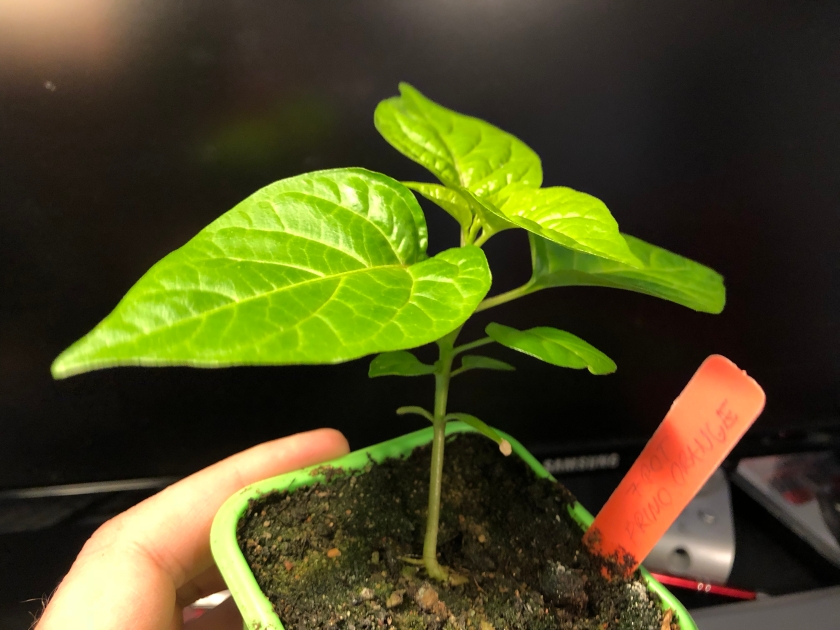





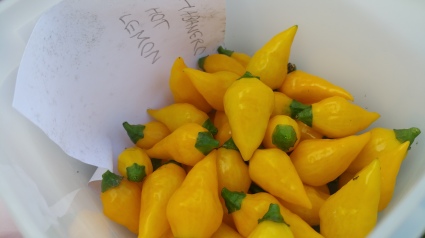


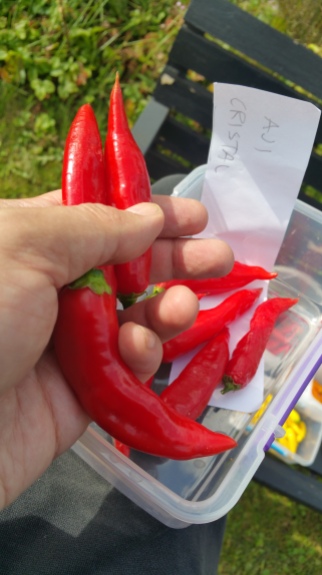



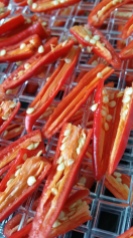
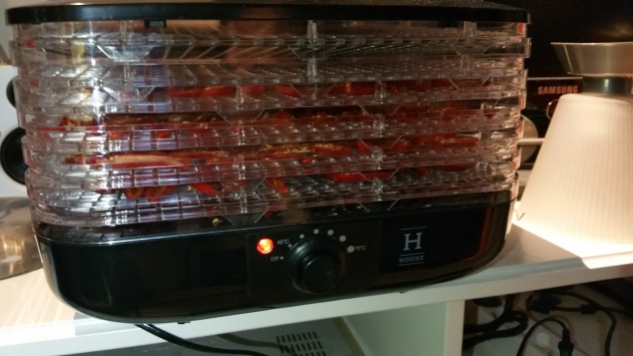











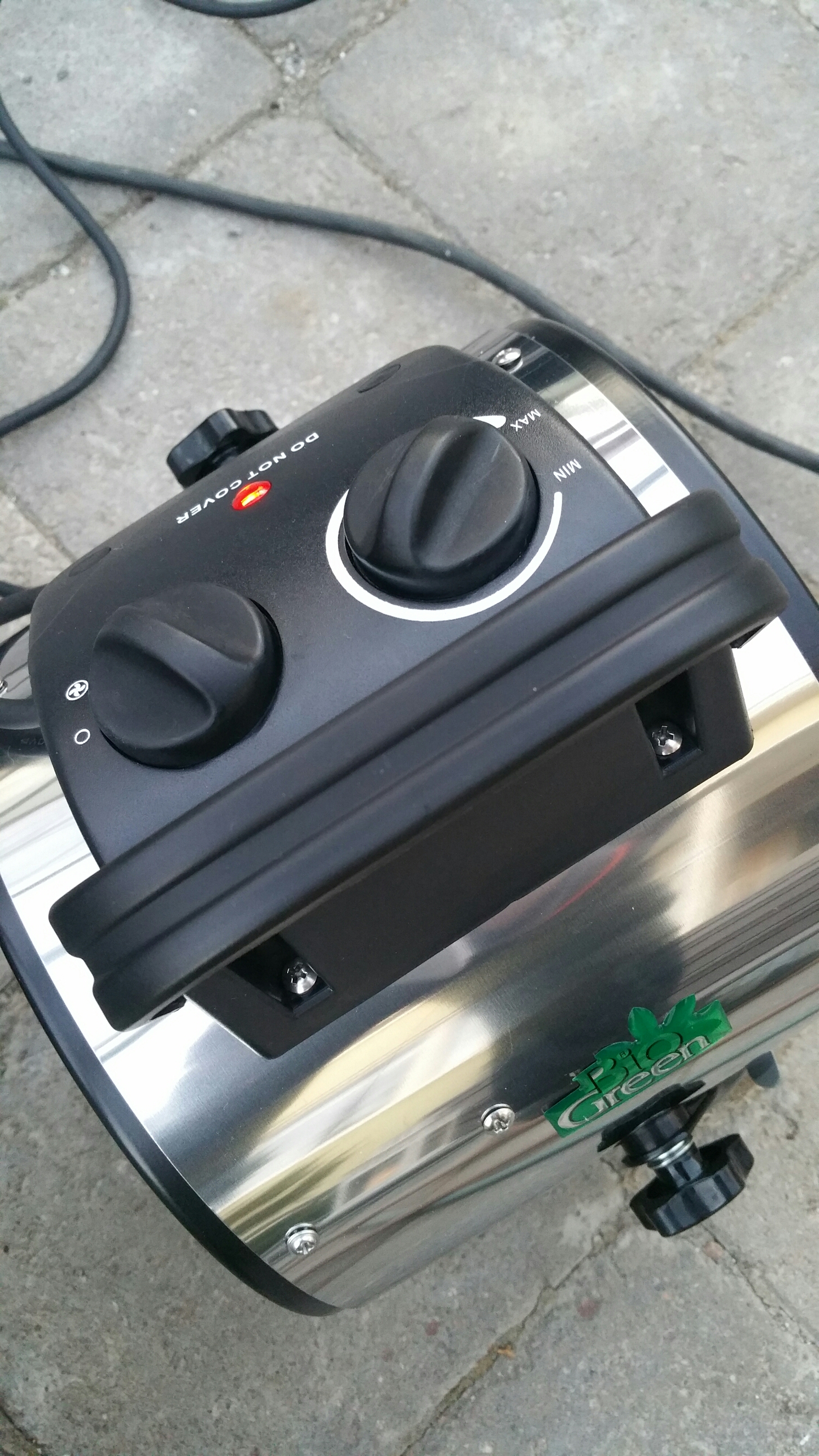



























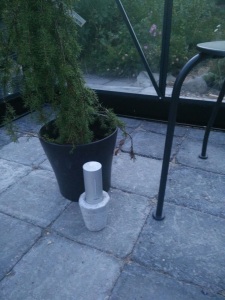










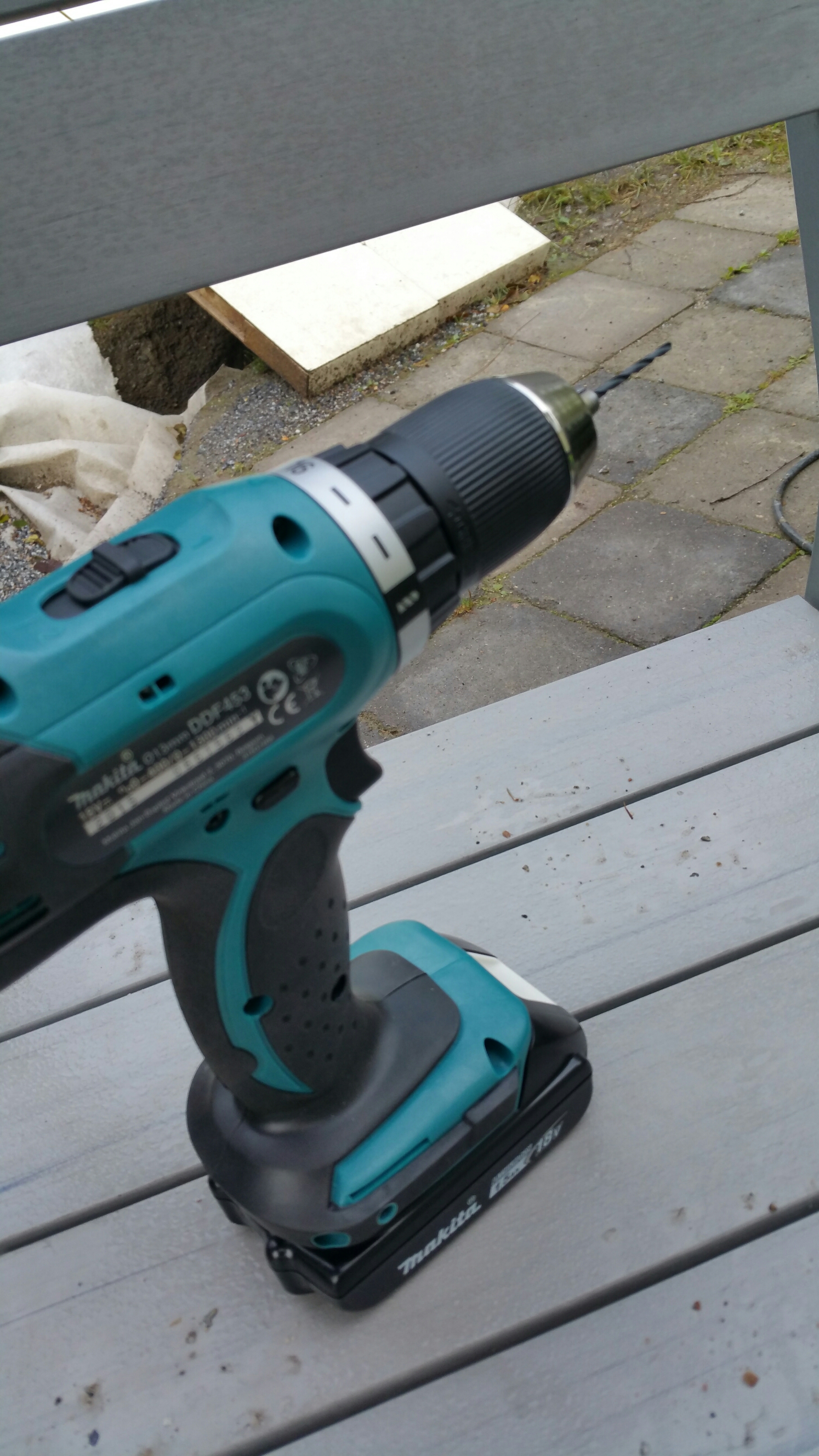














You must be logged in to post a comment.